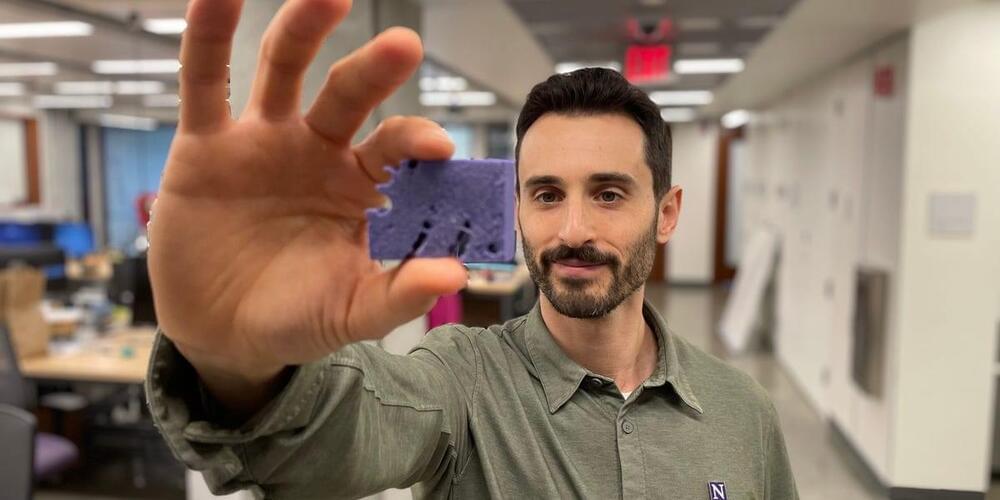“Cancer” is not a word we want to hear. Conversations with your doctor about cancer can induce fear, anxiety, and a plethora of other emotions. But what if your doctor uses the phrase This terminology will probably still make a lot of people anxious and, in some situations, could result in some unnecessary treatment.
Several types of malignancies are associated with conditions that, while benign, could infer a more significant risk or likelihood of developing cancer in the future. Terminology including lesions, “stage 0” disease, or carcinoma “in situ” can all describe an abnormal, yet not malignant, finding. In addition to fear, these diagnoses can undoubtedly lead to patient confusion.
A diagnosis indicates abnormal cells present in a single location in the body. If a lesion isous, it has not spread to any other tissue, distant or nearby. This explains why theous conditions associated with several cancer types have names that involve the phrase “in situ,” which means “in its original place.”






